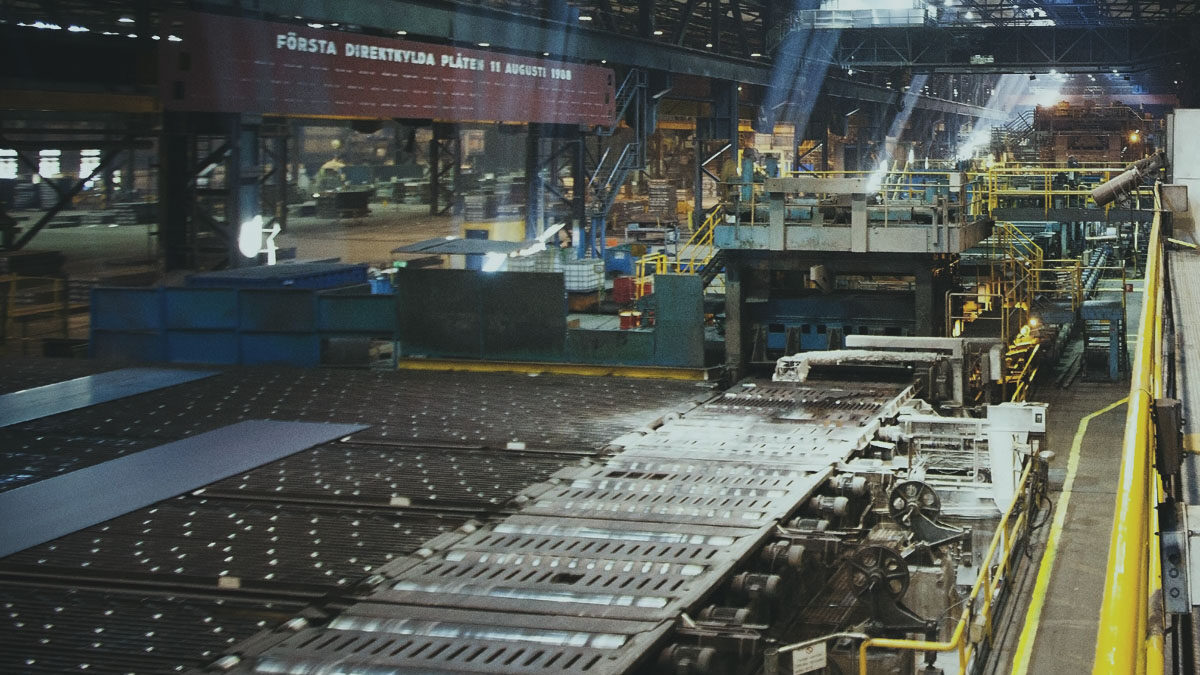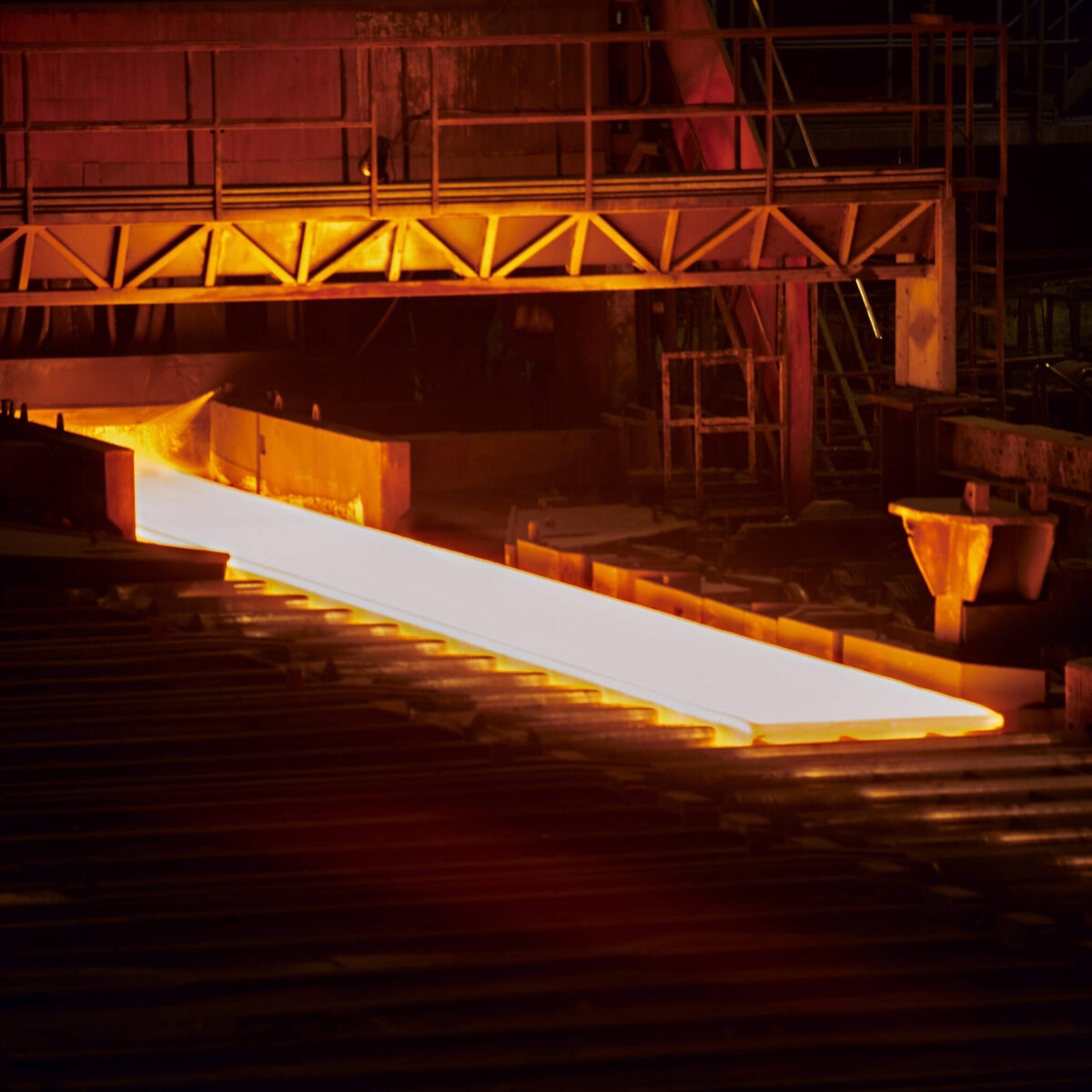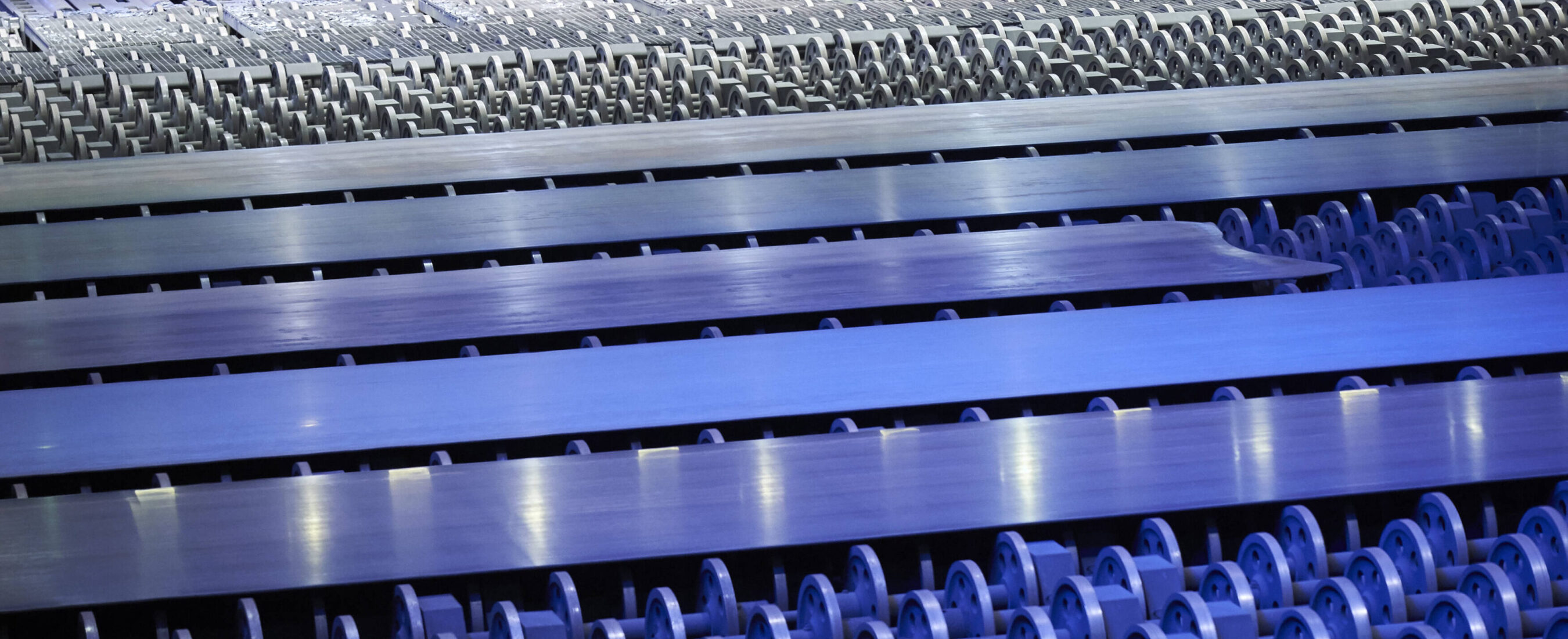Send us your feedback
Here you can send us feedback on the Maxess-website. Please describe the problem or what’s missing in a clear way, and on what page you found the issue. Thank you so much for your help!
Using neutrons to tackle hydrogen embrittlement
The steel producer SSAB with the help of Swerim AB and Malmö University learns more about how to prevent hydrogen embrittlement from limiting the potential of the company’s high-strength steel products. They turned to neutron diffraction to study the material in unique ways.

A challenge to high-strength steel
Hydrogen embrittlement is a complex process where materials such as steel are embrittled after being exposed to hydrogen. This process can limit the applications of the steel product or, in the worst case, compromise it. The company SSAB, a leading producer in the global market of advanced high-strength steels, teamed up with the metal research institute Swerim AB and researchers from Malmö University to address the challenge posed by hydrogen embrittlement. Using neutron-based diffraction, the company’s experts seek the strategy that can allow them to reduce the occurrence of this phenomenon in high-strength steels and further improve their products.
Finding the right balance
The interaction of hydrogen with steel, which causes hydrogen embrittlement, occurs during the manufacturing process or through environmental exposure over time. One of the prerequisites for hydrogen embrittlement is the presence of residual stresses. Residual stress can be reduced through tempering, but this thermal treatment can also alter the strength of the steel. SSAB aims at optimising the tempering treatment and find an approach that can prevent residual stress in the material without compromising its properties. Finding this balance can allow SSAB to take advantage of the full potential of their high-strength steel products.


“For SSAB it is important to see the evolution of the residual stresses in the production route and to further develop steel with higher resistance to hydrogen embrittlement. Also important is the aspect of sharing the possibilities with neutron diffraction within the R&D function throughout the company.”
Torbjörn Narström, SSAB Special Steels
In-depth observations
To optimize the tempering treatment, it is crucial to map the stress distribution during the production of high-strength steels. The residual stress must be mapped not only in the material’s surface, but also throughout the entire thickness of the steel plate. Neutron diffraction is the only technique allowing non-destructive analysis of the steel plate in its thickness. Thus, the team of researchers from SSAB, Swerim, and Malmö University used the Engine-X diffractometer at ISIS Neutron & Muon Source, UK. As hydrogen embrittlement is a complex process with many variables, the experiments were not sufficient to completely solve the riddle. Nonetheless, the results indicate the potential of neutron diffraction, and SSAB is confident that these observations benefit their production and R&D process.
Contact Partners
Case Details
SSAB
SWERIM LSI group



